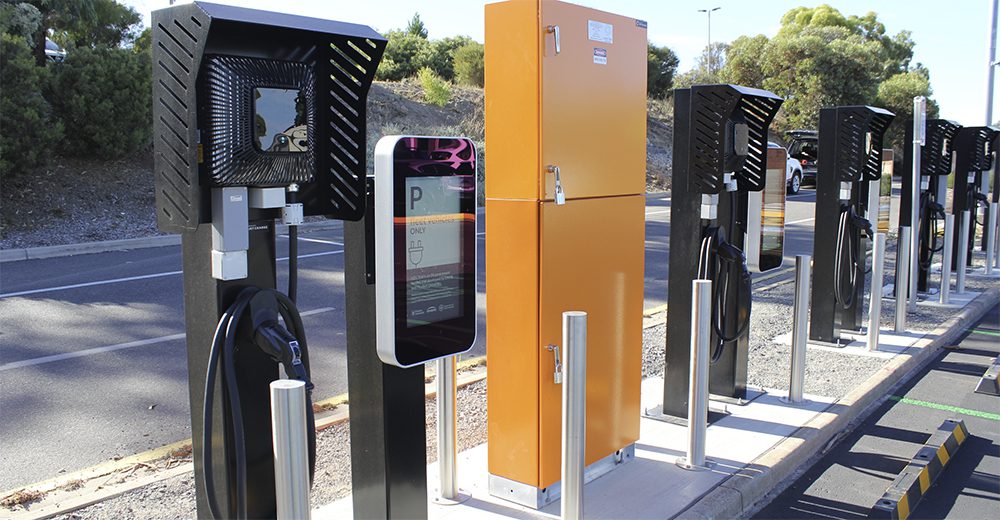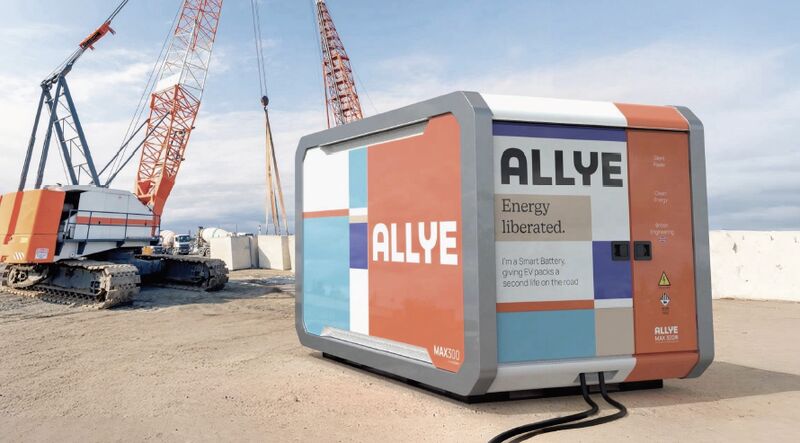Consumer Reports reported that they achieved only 39 mpg overall for the Fusion Hybrid, and 37 mpg for the C-Max Hybrid, about 20 percent lower than the EPA figures.
Nowadays, automakers boast about their fuel economy the way they used to tout horsepower and the relative sizes of their tail fins. The EPA’s annually-published figures are supposed to help consumers cut through the hype, and it’s safe to say that many a car buyer has made a decision based on the numbers on those window stickers. But even as the EPA’s ratings are becoming more important than ever, a recent string of incidents is casting doubt on their accuracy.
At the moment, it’s Ford that’s getting the bad press. Several media outlets, including Green Car Reports, Automotive News, Bloomberg and Fox News, have reported that their testers have been unable to achieve anything close to the “EPA-certified” figures for the 2013 C-Max and Fusion hybrids.
Ford claims that both new hybrids get 47 mpg across the board. However, this week, Consumer Reports reported that they achieved only 39 mpg overall for the Fusion Hybrid, and 37 mpg for the C-Max Hybrid.
These two vehicles have the largest discrepancy between our overall-mpg results and the estimates published by the EPA that we've seen among any current models. Yes, the disclaimer on EPA fuel-economy labels notes that your results may differ. But the overall mpg for these C-Max and Fusion models is off by a whopping 10 and 8 mpg, respectively, or about 20 percent. Our overall-mpg results are usually pretty close to the EPA's combined-mpg estimate. Among current models, more than 80 percent of the vehicles we've tested are within 2 mpg.
This isn’t all about Ford. The next three models on CR’s list of cars that fell short of their official ratings are hybrids as well: the Toyota Prius C (7 mpg difference between the CR and EPA figures), Prius (6 mpg difference) and Honda Civic Hybrid (4 mpg difference).
Earlier this year, Honda settled a class-action lawsuit over inflated mileage claims for its Civic Hybrids, amid a lot of bad publicity and much crowing by the anti-hybrid crowd. And last week Hyundai admitted that it had overstated fuel economy figures for several of its models.
As the media teased out the tale, some were surprised to learn that the EPA itself doesn’t test each vehicle at all. Most of the “official” figures are provided by the automakers themselves. The EPA verifies only about 15% of them by performing its own laboratory tests.
Most of the models involved in the current controversy are hybrids. But EV lovers may also be wondering about the accuracy of the EPA’s range estimates for PHEVs and EVs. For anyone considering a plug-in vehicle, the electric range is not just another figure to be considered – it’s one of a car’s most important features, and may well be the deciding factor between one model and another. Consumers need the best estimates possible.
The larger question: Is the process by which the EPA arrives at those numbers on the sticker good enough? Consumers don’t need a more complicated list of figures to sift through, but they do need to know where the numbers are coming from, and to be confident that the EPA isn’t just rubber-stamping automakers’ marketing material.
Sources: Green Car Reports, Consumer Reports, Wall Street Journal




































































































